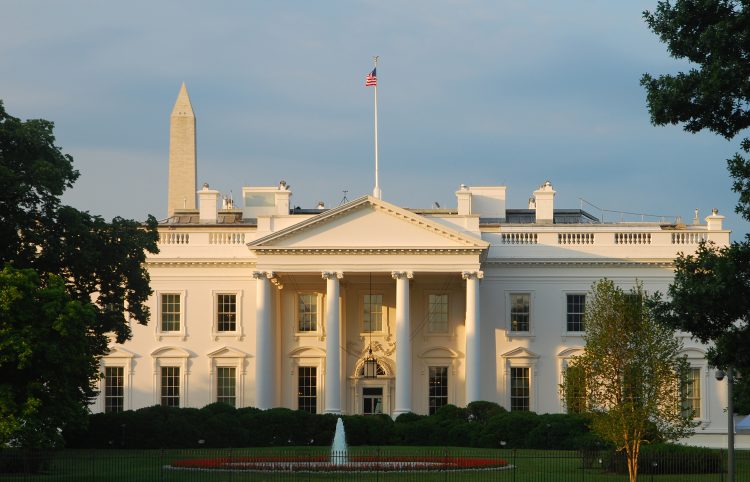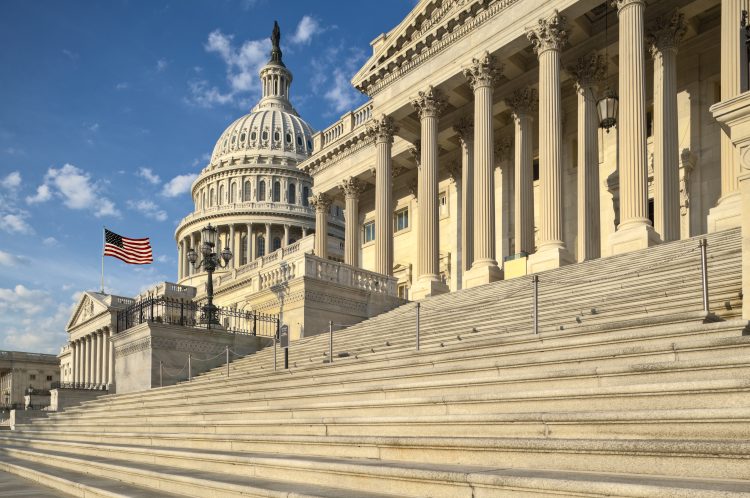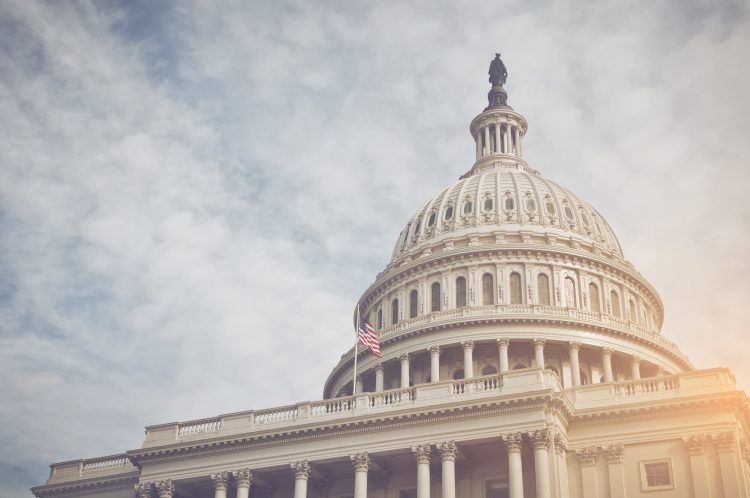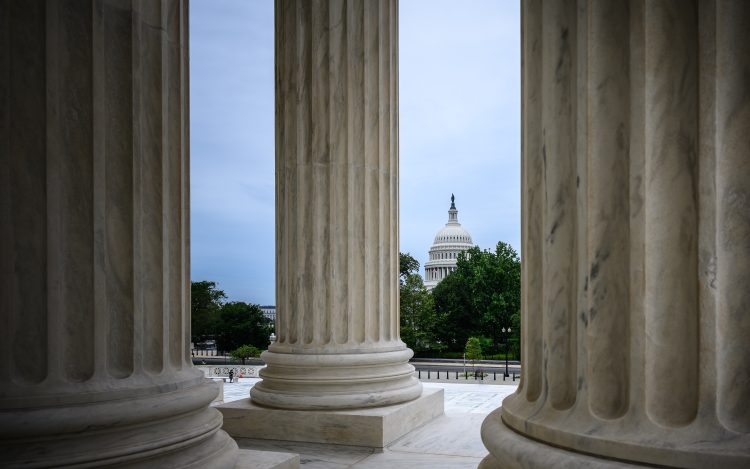This week on Facing the Future, Bob discussed the Peter G. Peterson Foundation’s Solutions Initiative 2024: Charting a Brighter Future, a series of proposals to set the debt on a sustainable trajectory. Guests Jeffrey Holland, Vice President of Research at the Peterson Foundation, and Andrew Lautz, Associate Director of Economic Policy at the Bipartisan Policy Center, talked about the initiative and its outcomes. Concord Coalition Chief Economist Steve Robinson joined the conversation.
The Peterson Foundation last published a Solutions Initiative in 2019. “Things have changed,” said Holland, “One thing that’s changed is that the fiscal situation has become a lot worse. The debt to GDP ratio is 20 percentage points higher now than it was when we did this in 2019. The debt held by the public is at about 100% of GDP and soon to cross its all time high, probably within the next three years or so. We’re concerned about where we stand right now, and the lack of legislative progress over the past few years. We’re looking at deficits as far as we can see.”
When asked about the methodology of the initiative and the ideological design behind it, Holland said that, “the idea was essentially to provide some sort of balance. As you know, we had three left leaning groups, three right leaning groups, and the Bipartisan Policy Center in the center. That generated a lot of different approaches, but the main point is that all seven of them agreed that it was necessary to reduce the trajectory of the debt. We did not give them a target and they all reduced it substantially by a third, if not more. It also points out that there are just a lot of potential solutions. We got seven comprehensive plans where there were a number of areas of agreement, but they came up with over 200 different policy options on both sides of the budget, spending, and revenues.” Holland also emphasized, “I think it’s a real takeaway from this that there are options available. There are ways to address the debt, if we can generate the political momentum to do so.”
Holland noted the important elements of agreement across the initiative. “All seven groups address tax rates in some form. Some essentially left them as the Tax Cuts and Jobs Act (TCJA) had them. Some left them, but adjusted at the top level. Some changed the numbers of tax brackets. They all felt the need to address that and most of them would raise the money that way. There are some other commonalities as well. Most of them were willing to do something about the step up basis, in terms of inherited wealth. What happens upon transfers, upon death and gift taxes. Things like that. There were a number of policies trying to address that element of the tax code. Five out of the seven groups chose to implement a carbon tax and five out of seven actually wanted to raise the gas tax, which hasn’t been raised in over 30 years.”
Lautz co-authored the Bipartisan Policy Center’s plan in the Solutions Initiative. Their plan brought down the debt to just below 60 percent of GDP, which currently stands at 100 percent and is only projected to grow. When forming their plan, Lautz said “The first priority is debt stabilization, and that can be defined in a multitude of ways. We would be satisfied if that line graph of debt to GDP, instead of skyrocketing in the next 30 years as it’s currently projected to do under the Congressional Budget Office baseline, if that was flatter or even declining slightly over that 30 year window. We’re happy to say we hit our mark there.”
“Given that we are the Bipartisan Policy Center, our second goal is to propose policy solutions that are capable of winning support on both sides of the aisle, bringing the two parties together to solve key challenges. It requires a fairly equal mix of revenue increases and spending cuts in the plan. We know that the preferred Democratic Party approach to reducing debt is by increasing taxes, and we know the preferred Republican Party approach to reducing debt is by decreasing spending. When you exclude some of the items in there such as immigration reform, which increases revenue but it’s not a tax increase in the traditional sense, and when you exclude macroeconomic feedback and the positive revenue effects we get from reforming the tax code, we were about a 55 to 45 mix of revenue increases and spending cuts. So I’m happy to say that we hit our mark there, as well.”
Hear more on Facing the Future. Concord Coalition Executive Director Bob Bixby hosts the program each week on WKXL in Concord N.H., and it is also available via podcast. Join us as The Concord Coalition team discusses issues relating to national fiscal policy with budget experts, industry leaders, and elected officials. Past broadcasts are available here. You can subscribe to the podcast on Spotify, Pandora, iTunes, Google Podcasts, Stitcher, or with an RSS feed. Follow Facing the Future on Facebook, and watch videos from past episodes on The Concord Coalition YouTube channel.
Continue Reading










